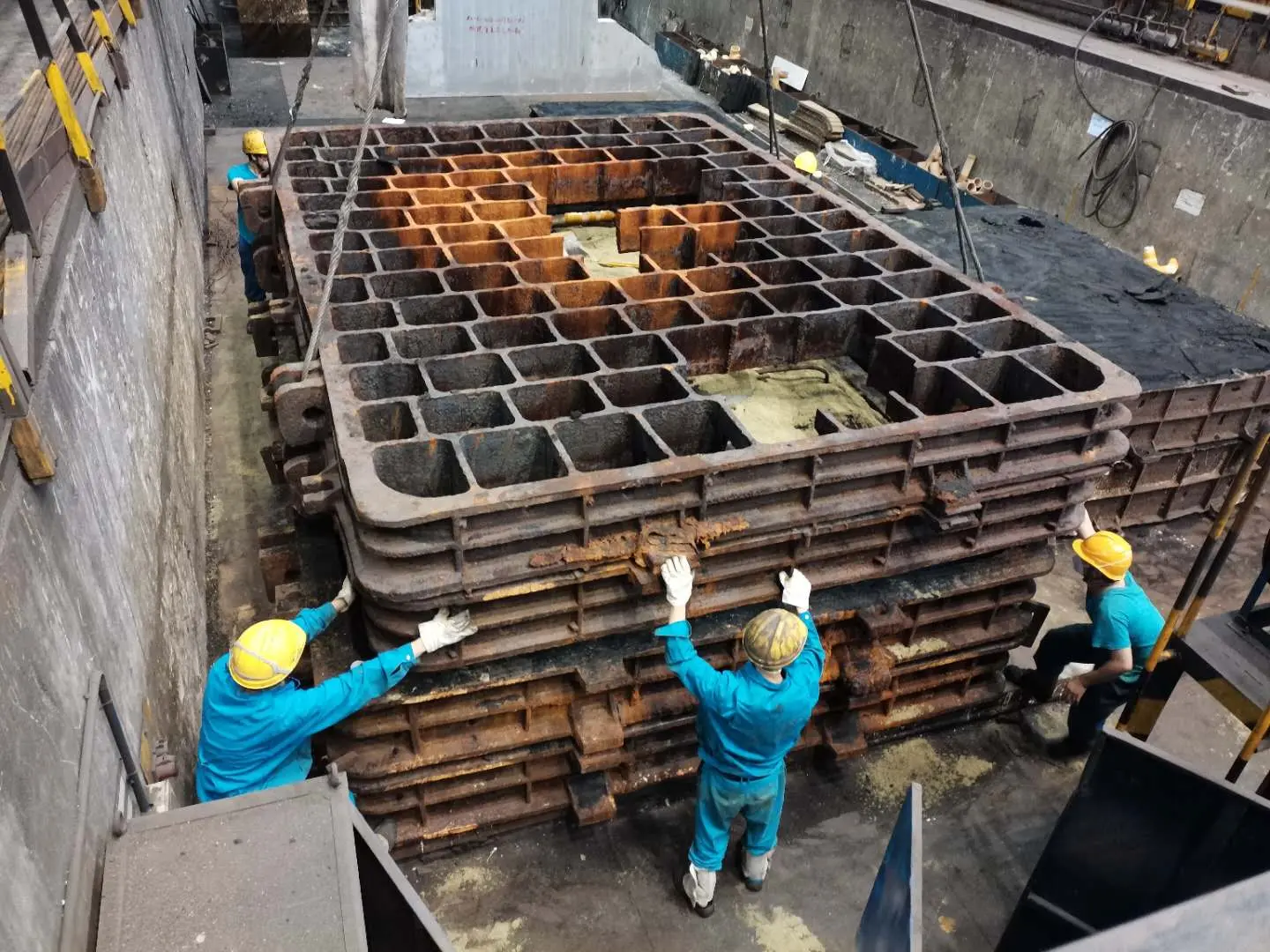Understanding Bauxite Sand Composition, Uses, and Significance
Bauxite sand is a naturally occurring mineral that plays a crucial role in various industrial processes. Composed primarily of aluminum oxide, it is derived from the weathering of rocks and is often found in tropical and subtropical regions. This unique sand has garnered attention for its versatility, particularly in the aluminum industry, and serves as a critical resource for multiple applications.
The primary component of bauxite sand is bauxite ore, which predominantly contains aluminum mineral phases such as gibbsite, boehmite, and diaspore. These minerals are critical for extracting aluminum, a metal that is integral to modern construction, packaging, transportation, and various consumer goods. The extraction process involves refining bauxite to produce alumina (aluminum oxide), which is subsequently reduced to aluminum through electrolysis. This chain of production highlights the importance of bauxite sand in supplying this lightweight yet strong metal that is vital to numerous sectors.
One notable use of bauxite sand is in the production of aluminum metal. The demand for aluminum is continuously rising due to its lightweight nature and high strength-to-weight ratio, making it an ideal material for aircraft manufacturing, automotive parts, and even beverage cans. As the world moves toward sustainable practices, aluminum’s recyclability adds to its appeal, further elevating the importance of bauxite sand in industry.
bauxite sand

Bauxite sand is also used in the manufacturing of refractories, materials capable of withstanding high temperatures without melting or deforming. These materials are essential in the manufacturing processes of steel, cement, and glass, where high-temperature resistance is critical. The abrasive properties of bauxite sand lend themselves to a variety of applications, including as an abrasive in polishing and grinding processes.
Moreover, in recent studies, bauxite sand has shown promise in environmental applications, particularly for land reclamation and as part of coagulants for wastewater treatment. The chemical properties of aluminum oxide allow it to aid in the removal of impurities from water, showcasing a dual role for this mineral in both industrial and environmental contexts.
In addition to its physical and chemical properties, the geological formation and location of bauxite sand deposits make it an important mineral resource globally. Countries with significant bauxite reserves contribute to both local and global economies through mining, processing, and exportation of this valuable mineral. The extraction of bauxite poses environmental challenges, such as habitat destruction and pollution; thus, sustainable mining practices are increasingly critical as demand for aluminum continues to rise.
In conclusion, bauxite sand is an invaluable resource with implications that span across various industries. Its primary role as a source of aluminum has far-reaching effects on the manufacturing and consumer goods sectors, while its versatility allows for applications in refractories and environmental remediation. As industries evolve, the significance of bauxite sand is likely to grow, highlighting the need for sustainable practices in its extraction and utilization. Understanding its properties and applications will be crucial for ensuring its continued relevance in the modern world.
Post time:Urr . 12, 2024 10:20
Next:Cát nung tạo thành Quá trình và ứng dụng trong công nghiệp hiện đại
